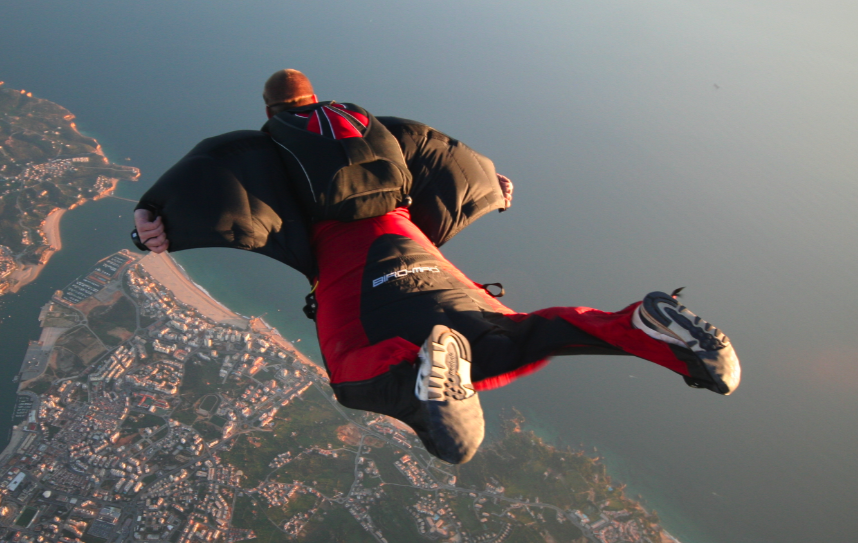[iframe id=”https://www.youtube.com/embed/RbcbjMhvjEs”]
The recent death of a Russian wingsuit “pilot” in the alpine village of Chamonix, France, has raised new concerns about the safety of this extreme sport. Witnesses report the man jumped from Aiguille du Midi, Europe’s highest mountain. When his parachute failed to deploy he slammed into a bluff before crashing into a newly constructed chalet.

Located in the French Alps, Chamonix has experienced five deaths due to Wingsuit flying this year alone. Authorized since 2013, government officials in the area have just placed a temporary ban on wingsuiting until issues of safety can be addressed.
“Wingsuiting is still a new sport that is growing in popularity, those who do it still haven’t mastered it. He crashed into a wall, but he could have hit people or a car. We still don’t understand exactly what happened, which worries us greatly. We are thinking about how to avoid this kind of accident going forward. What worries us is putting others’ lives in danger.”
Jean-Louis Verdier, Deputy Mayor, Chamonix
What’s the story with this sport?
- Early versions of wingsuit flying date back to 1912; modern era began 1990’s
- Flier wears both a wingsuit + parachute
- BASE jump utilizes force of gravity to generate airspeed which is converted to “lift”
- After initial free-fall and pending conditions, a period of “glide” follows
- “Pilot” deploys parachute to prepare for landing at predetermined altitude
- 2012 University of Colorado study found 1:500 serious injuries for wingsuit BASE jumping
